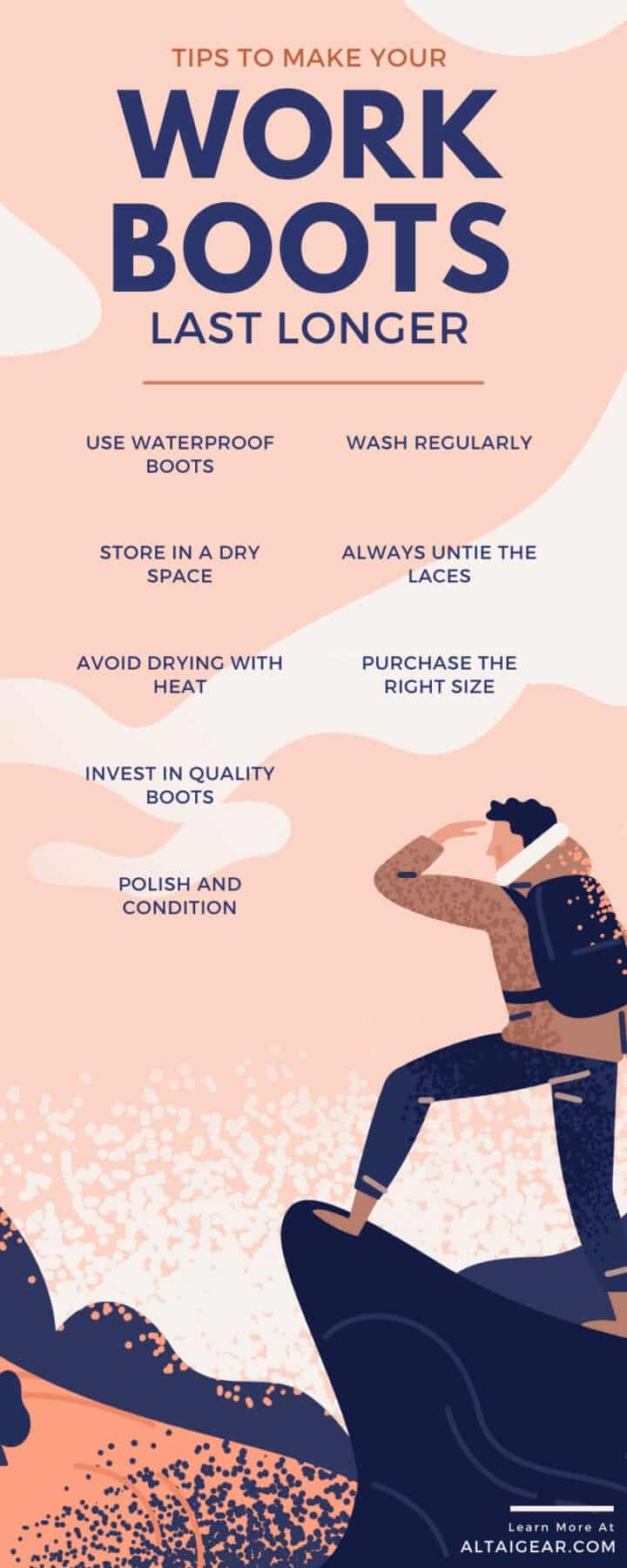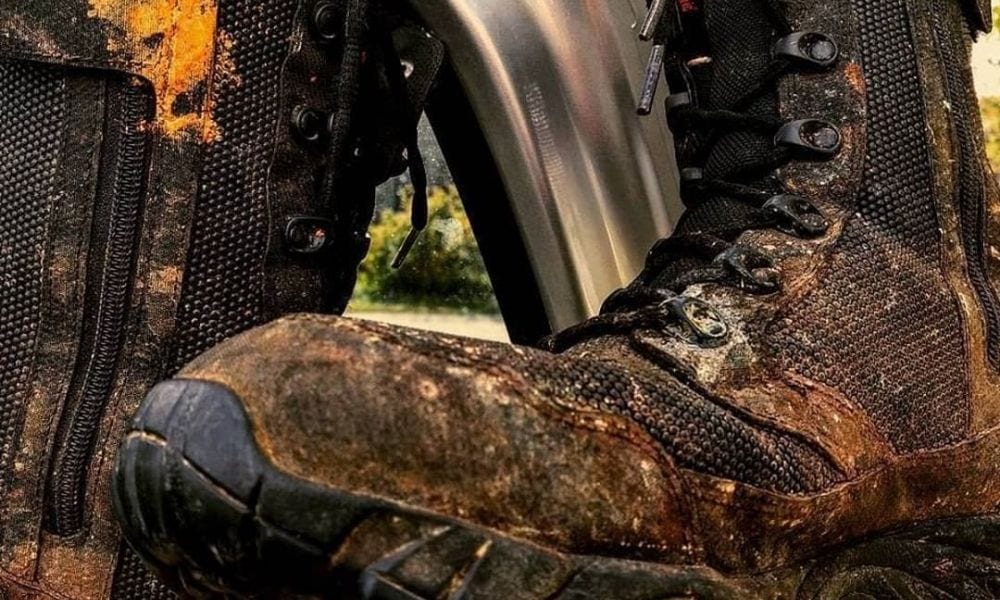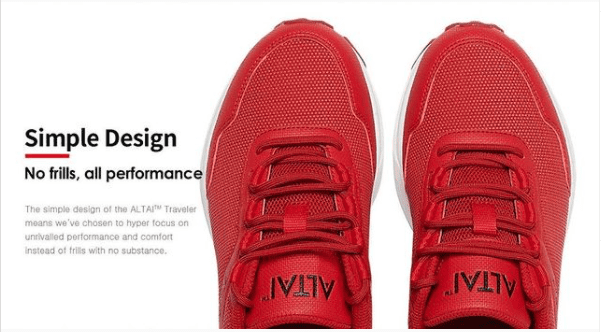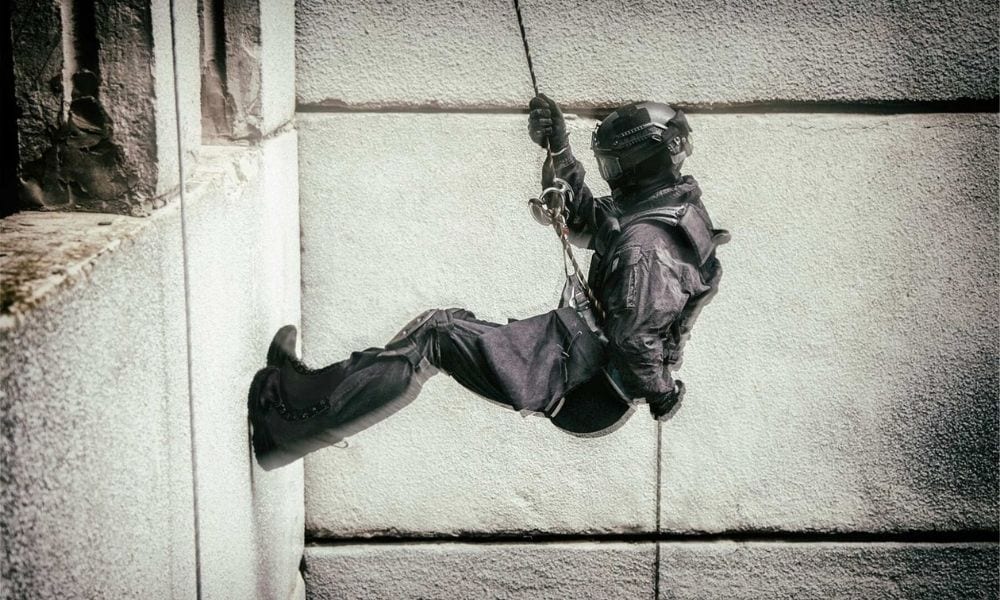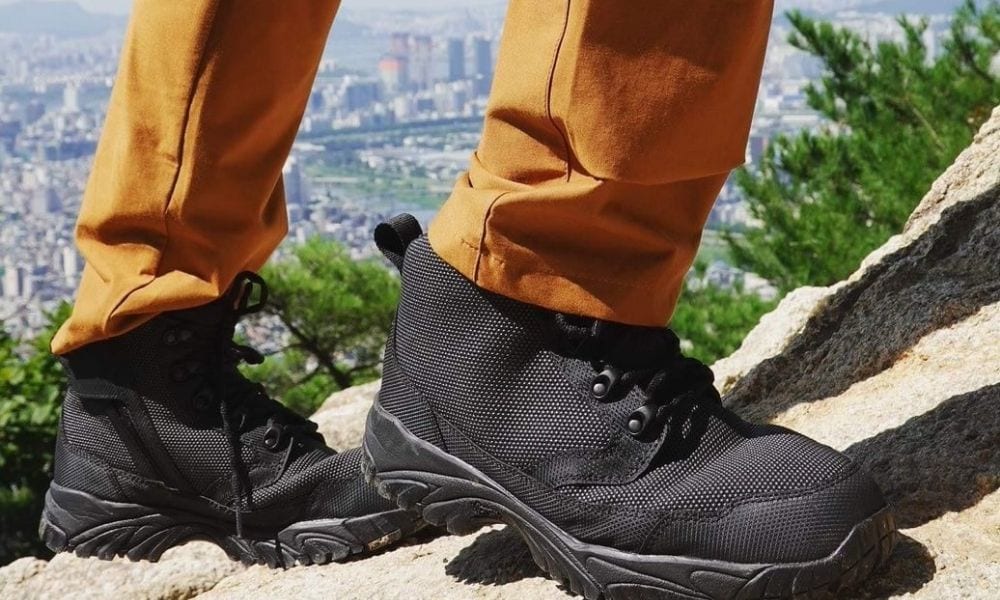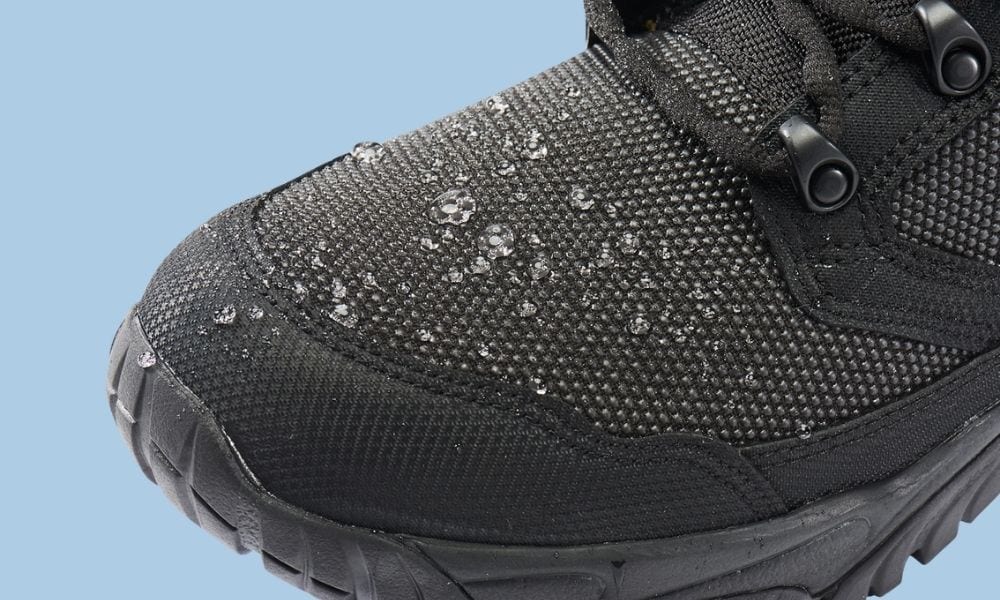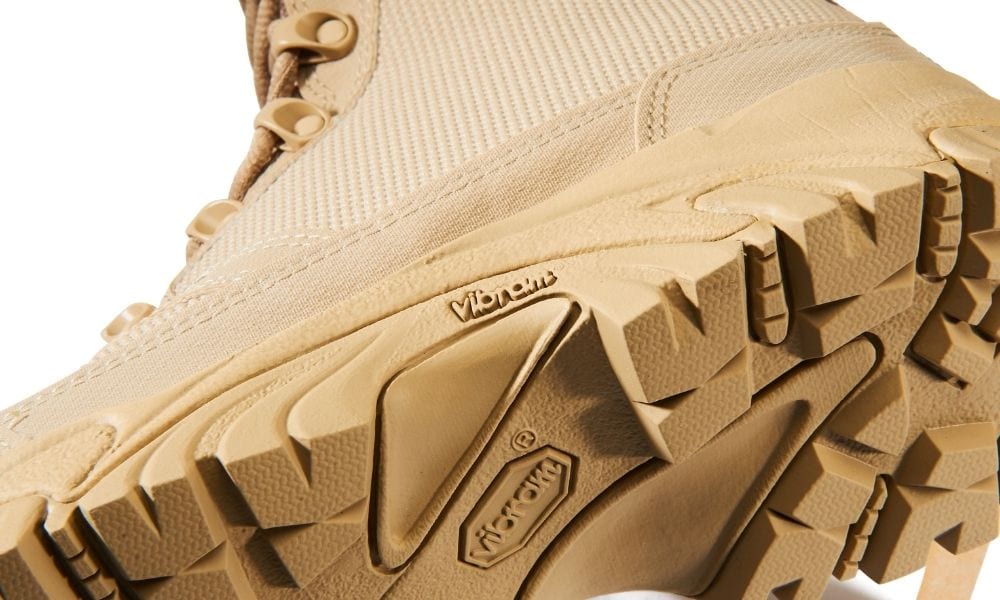Tips To Make Your Work Boots Last Longer
Your work boots are exposed to all kinds of harsh weather, dirt, mud, rocks, and more. Sometimes, it may seem difficult to make your boots last more than a few months. To ensure that your boots survive these conditions and last a long time, it is important to learn how to maintain them. To keep your boots in great shape, be sure to learn these tips to make your work boots last longer.
Use Waterproof Boots
If your boots are not waterproof, there is no way they will survive the outdoor weather. You can easily buy waterproof boots online or learn how to waterproof your current pair of boots. Waterproof material not only allow the boots to last a long time, but they also protect your feet from becoming cold and wet.
Store in a Dry Space
Even with waterproof boots, it is vital to store your boots in a dry area as soon as you finish work. The inside and outside need to dry regularly. A dry space prevents the buildup of moisture inside the shoe, thus protecting against bacteria and fungi.
Wash Regularly
Of course, one of the most important tips to make your work boots last longer is to wash them regularly. It’s usually easy to wash boots; just use a brush or cloth, soap, and warm water. This prevents the buildup of dirt and grime, kills any bacteria and fungi, and washes out any remaining sweat. Always allow the boots to thoroughly air dry before you use them again to keep them in great condition.
Always Untie the Laces
It’s very tempting to come home after a long day and slip off your boots without taking the effort to untie them. Unfortunately, every time you do this, it damages the boots. The laces pull at the surrounding material and the tongue of the shoe, so when you squeeze your feet from the shoe, it damages both the boot and the laces.
Use Only for Work
While this may seem obvious, remember to use your boots only for work. Every shoe is designed for a specific purpose and using it for something other than that purpose can damage them and harm your feet. For instance, if you want to go work out at the gym, then you would probably use a pair of athletic shoes instead of your work boots.
Purchase the Right Size
Often, people wear the wrong size shoe without even realizing it. The shape and size of your foot changes over time, so it’s necessary to measure your feet every couple of years. Wearing the wrong size boots can injure your feet, causing extreme pain. Also, it damages the boot as well since the material stretches if the shoe is too small and it wears out faster in certain areas if the shoe is too large.
Rotate Two Pairs of Boots
A great way to make your boots last longer is to buy two pairs. With two pairs of boots, you can easily swap them out every other day or even every week. This gives you plenty of time to properly maintain both pairs of boots. In addition, if something happens to one pair, you don’t need to stress because you have the other pair as a backup.
Polish and Condition
To keep the boots’ leather in great shape, you can always polish and condition the material. The leather conditioner and polish can repel dirt and grime while keeping the material flexible. If you notice your boots becoming stiff and uncomfortable, then it’s time to condition the leather. The conditioning process should not take too long, and it is well worth it. All you need is a brush or cloth to gently apply the conditioner. It is best to start with this process after your boots have been thoroughly washed and dried.
Avoid Drying With Heat
One of the fastest ways to ruin your favorite pair of work boots is to leave them in the sun or throw them into the dryer. Heat is one of leather’s worst enemies. It causes the material to dry and crack over time and it also becomes very hard and brittle. No one wants their work boots to be hard and uncomfortable, so keep them out of the heat as much as possible.
Buy Tree Shoes
Sometimes, your work boots start to lose their shape after a lot of use. To prevent this issue, consider purchasing tree shoes. Tree shoes are wooden models of the inside of your shoe that you place within the boot to help it retain its shape. Additionally, some wooden tree shoes produce a cedar aroma that is much more enjoyable than a dusty boot smell.
Grab a Shoehorn
A shoehorn makes it a lot easier to put your work boots on your feet. It also prevents the boots’ heels from becoming misshapen over time. There is a wide variety of shoehorns, so be sure to pick the one that works best for you.
Invest in Quality Boots
If you do not invest in quality boots, you will notice that your boots tend to break down quickly. For work boots, it’s important to invest in quality material that is strong, durable, and comfortable. You’re going to be on your feet a lot, so you need a pair of quality boots to support and protect them.
Now you know all the secrets to make your work boots last longer. The best ways to make your work boots last longer are to invest in quality material, grab a shoehorn, buy tree shoes, avoid the heat, condition them occasionally, wash and dry them regularly, use two pairs, store them in a dry space, untie the laces, use them only for work, purchase the right size, and use waterproof materials.
Now that you know all these tips, go and share them with your friends, coworkers, family members, and anyone else with work boots! If you’re considering purchasing a new pair of work shoes, be sure to visit us at ALTAI® for comfortable, strong, and long-lasting boots.
